Disclosure: This page may contain affiliate links, meaning we receive a commission if you decide to make a purchase through our links, but this is at no additional cost to you. Please read our disclosure and privacy statement for more info.
Adding a pet to your night shift or swing shift lifestyle can make a positive impact on your physical and mental well-being. Choosing the right pet is crucial to the health and happiness of both you and your new (and existing) housemates.
The best pet for night and swing shift workers is low maintenance, modest in size, and inexpensive to feed. Some pets to consider include rabbits, guinea pigs, and other small rodents such as hamsters, mice, and rats. Fish, lizards, and painted turtles can also make great pets for night and swing shift life.
Selecting the best pet for you depends on how much space your home needs for its habitat. In addition, you’ll want to consider how much physical interaction you want with your pet since not all animals are the cuddling type.
What’s a Low-Maintenance Pet?
Low-maintenance pets are able to be alone for long periods of time. These pets keep busy playing with toys, having a snack, and taking naps. Typically low-maintenance pets are kept in an enclosure which;
- minimizes the amount of mess they make in your home
- reduces their risk of injury or death by being safely contained
- keeps their food, water, and bathroom facilities in one location
In general, most low-maintenance pets only require you to feed them once daily. You’ll build rapport with your pet and strengthen your bond by having a routine together. Providing your pet with fresh food and clean water each day may even inspire you to eat healthily and drink plenty of water too.
Pets that can eat fresh fruits, vegetables, grasses, and sources of protein are certainly considered low maintenance. Being able to feed your pet from your kitchen is both healthier and more economical. Processed pet foods are often expensive and can be full of dangerous chemicals.
Birds, lizards, and fish are typically inexpensive to feed unless they’re an exotic breed. Seeds can be purchased in bulk to save money (see these Amazon varieties). Insects can be collected from your yard or nearest park. Sourcing live food for your omnivores can be as close as the nearest lake or pond.
An animal that is low maintenance doesn’t need to be taken to a groomer for haircuts or frequently bathed. While long-haired rabbits and guinea pigs may need a comb, most low-maintenance pets handle their own hygiene. With these kinds of pets, it’s their habitat that will need your attention to cleanliness.
Being a low-maintenance pet also means fewer trips to the veterinarian. Some pets, like rabbits and guinea pigs, should get an annual check-up at the vet to be sure they’re healthy. Most other low-maintenance pets, especially fish, can usually be treated inexpensively at home for most illnesses.
Pets are also considered low-maintenance when they don’t require a significant amount of outdoor time for exercise. Rabbits and guinea pigs do enjoy the occasional frolic in the sun and need a little each day for optimal health. Otherwise, most low-maintenance pets do just fine with artificial sources of light and heat from lamps. Such as the Fluker’s Repta-Clamp Lamp from Amazon which is very popular.
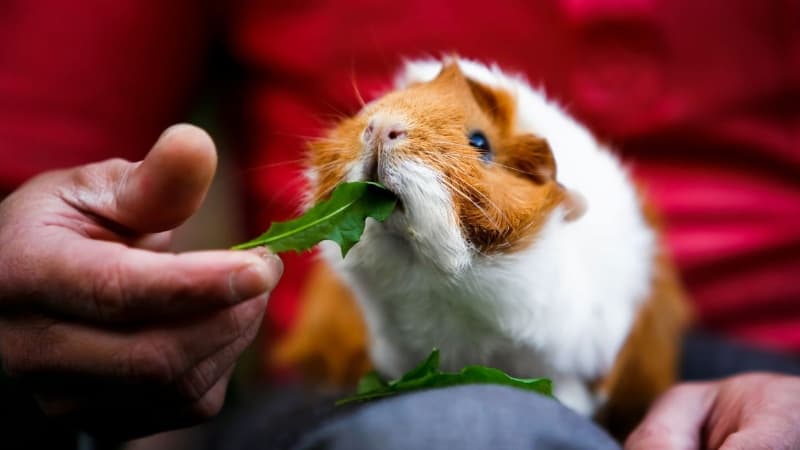
Comparing Pet Options for Shift Workers
To help you decide on which low-maintenance pet is best for you, let’s take a closer look at each type of pet and what they will need to live a happy and healthy life in your home.
Here are some points to consider;
- space requirements
- time tolerated in isolation
- dietary requirements
- ventilation strategy
- ongoing maintenance
Rabbits
These quiet animals require an enclosure with enough room to move around freely. The size of the hutch you’ll need will ultimately depend on the size of the rabbit. You’ll want to provide enough space for them to eat, sleep, and hop.
Rabbits can be left alone for long shifts if you provide plenty of fresh food, water, and clean bedding. They are social animals and will do best if you have at least two so they can keep each other company in your absence. Be sure to provide a few entertaining chew toys made of wood and tunnels for exercise and fun.
Their diet consists primarily of alfalfa hay when they are under 7 months old. Beyond that age, they eat grass hay. In addition, you should give them 1-3 cups of leafy greens a day. You can also feed rabbits occasional treats like carrots, bananas, and various berries.
Rabbits tend to have a sensitive digestive tract so be careful when introducing new foods to their diet. Obtaining an adequate supply of hay will depend on your location and space for storage. Farmers sell hay by the bale for around $7-$12 a bale while pet stores generally charge about $45 for 25 lbs.

Guinea Pigs
This animal is generally quiet in nature but will squeal in delight much like a piglet does. They enjoy taking lots of naps in-between meals and playing. A guinea pig enclosure will require frequent cleanings and plenty of ventilation to prevent odors.
Like rabbits, guinea pigs love chewing on things and will need plenty of safe toys to gnaw on every day. This is because their teeth continue to grow throughout their life.
They will also need to have their nails trimmed regularly to prevent injury.
A guinea pig’s diet is very similar to rabbits consisting primarily of hay and can include fresh fruits and vegetables. They should not be given alfalfa hay as it contains too much calcium for them to digest. These animals, as well as rabbits, will consume their droppings to obtain additional nutrients.
Serve their food in freshly cleaned bowls daily to maintain optimal health. A large bottle of fresh water each day will ensure your guinea pig stays well hydrated. Keeping their cage near a window that provides daily sunlight is essential, especially if you are unable to take them outside.
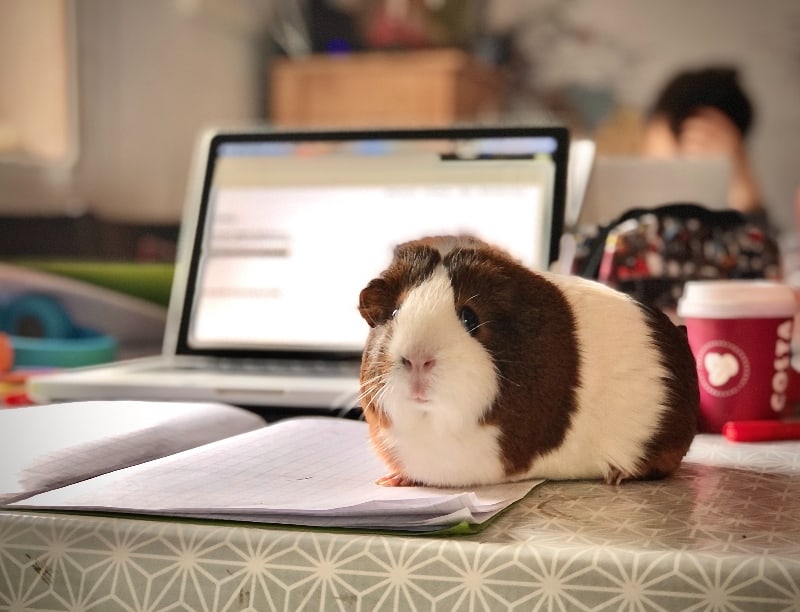
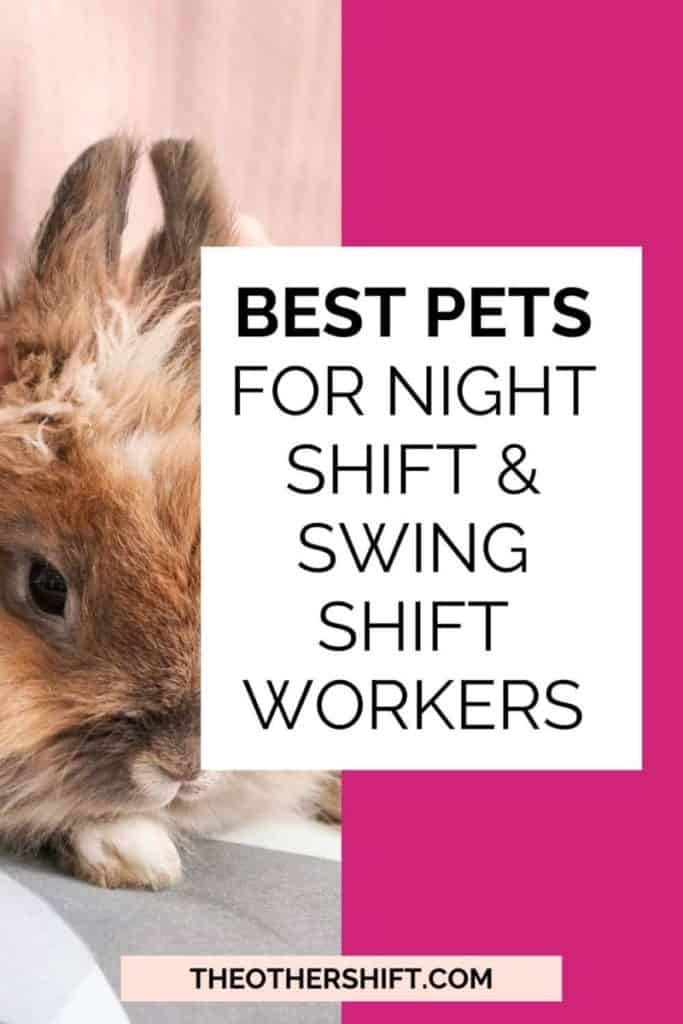
Small Rodents
Hamsters, gerbils, mice, and even rats are low-maintenance pets that provide more interaction with their human caretaker. These pets take up very little space and have inexpensive taste in food and entertainment. Most rodents are nocturnal and highly active at night making them great for daytime sleepers needing quiet.
Rodents are omnivores and require a variety of foods including seeds, fruits, and proteins such as insects, nuts, and food pellets. Like rabbits and guinea pigs, small rodents need items they can gnaw on to wear down their teeth. They enjoy burrowing in their bedding and getting exercise with the help of a wheel or tunnels in their habitat. Here is a fun toy I found on Amazon for your small but active letting mates.

Birds
Small birds, such as finches, canaries, doves, and budgies make great low-maintenance pets because they need very little interaction with people. They are able to keep themselves entertained with swings, bells, and other small toys. I like this combination of toys from Amazon, read more about it here.


Keep in mind that some birds can be noisier than others and will not be suitable for people who need lots of quiet.
The diet of most birds consists of seeds and what type they prefer to eat will vary depending on the breed. Birds need plenty of clean water as well. Keeping your bird supplied with seed is both inexpensive and fairly easy to do since many stores carry it for around $1 per pound.
Birds can be messy eaters and require more attention to the cleanliness of their cage and the area around their cage. Maintaining a clean cage will require an abundant supply of newspaper or similar paper to line the bottom of their enclosure. This will help keep their environment smelling fresh and reduce the chances of bug infestations.
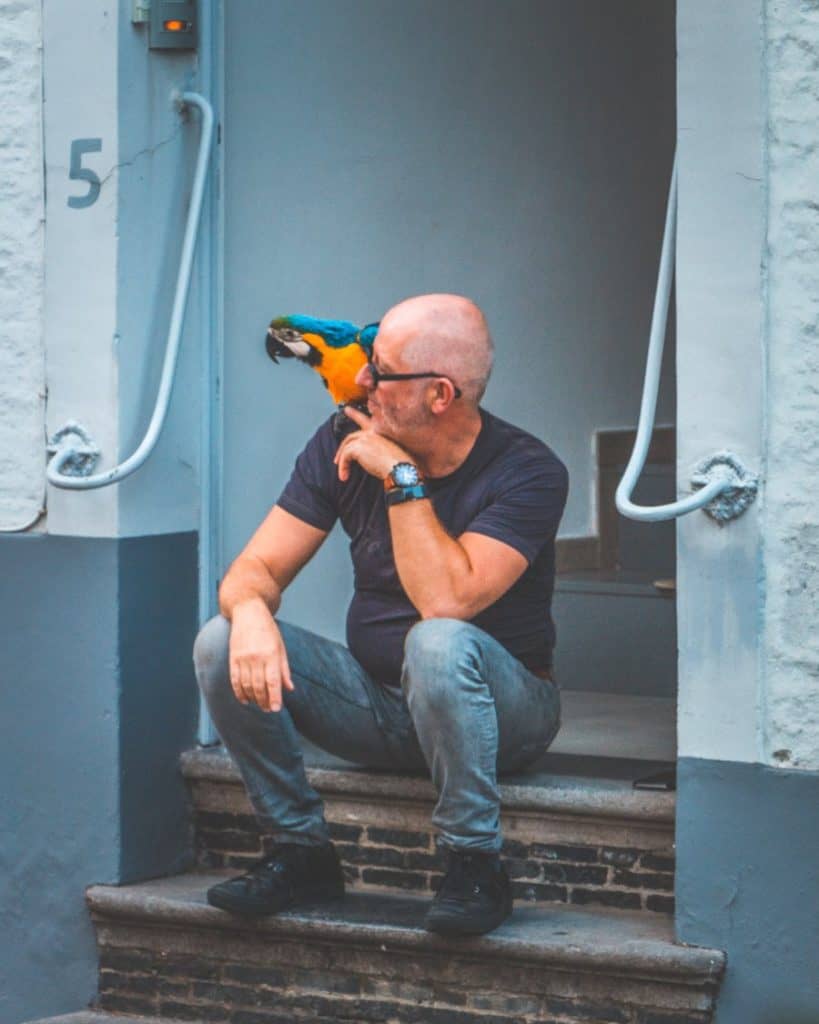
Betta Fish
These dazzling freshwater fish are delightful to watch and relatively easy to maintain. They are most content living the single life in a spacious 5-gallon aquarium. Betta may get along with other aquatic mates but will certainly be aggressive towards another betta.
Bettas are carnivorous and require a diet high in protein. (source) They only need to be fed a small amount once a day to prevent overeating and excess waste material. In order to help keep their habitat stable, be sure the aquarium has the proper filtration system for the size of the tank being used.
Also known as Siamese fighting fish, bettas are highly intelligent fish that can be taught to do several tricks. Using food treats, a betta can be trained to follow your finger or jump up out of their tank. You can even train them to show their fighting flare where they fan out their tail and fins in a display of dominance.
Brimming with personality, bettas come in a wide range of shimmering colors and mesmerizing patterns. In addition to their hue, the betta’s fins and tail come in a variety of styles. From long flowing veil tails to fringed tails resembling a comb, bettas are stunning creatures to behold.
If these fish sound a little extravagant for you, starting with a simple goldfish may be get you in the headspace of being a fish owner.

Lizards
There are dozens of types of lizards that make great pets for shift workers. They are typically easy to care for and don’t require a large amount of space for their habitat. Lizards can be herbivores, carnivores, or omnivores.

Painted Turtle
This small-sized aquatic reptile has a long lifespan of 30 years. While only 6-10 inches in diameter, they require a substantial amount of space with an ideal tank size of 75 gallons. This is largely due to the dual habitat of water and dry land they require to survive.
They are omnivorous animals and enjoy eating insects, fish, fruits, like melon and berries, and dark leafy greens. They can also eat worms, newts, aquatic insects, and crustaceans. Painted turtles only need to be fed 4-5 times a week instead of daily like all the other low-maintenance pets.
The most important feature of a painted turtle’s habitat is the basking platform. Painted turtles cannot regulate their body heat and require a place to climb out of the water and warm themselves under a lamp. Water temperature is also key to their health and should be maintained between 24-27℃ (75-80℉).

Why Get a Low-Maintenance Pet?
Choosing a pet that doesn’t require constant attention means less strain on your daily routine and work schedule. Low-maintenance pets will have the smallest impact on your to-do list each day as compared to a large dog that needs frequent walks. Daily feedings and a few minutes of quality time are all that most low-maintenance pets need from you.
Low maintenance-pets eliminate the worry of coming home to a house destroyed by a rambunctious animal that grew bored from being alone. You won’t have to do any extra cleaning from spilled food dishes or knocked-over water bowls. Having a low-maintenance pet also eliminates finding pet hair everywhere or tripping on toys in the dark.
With a low-maintenance pet, you won’t be concerned about them missing a meal when your shift runs long. Setting your pet up in style means they’ll have everything they need within their enclosure. By creating a consistent schedule for feedings and play, your low-maintenance pet will be loving life.
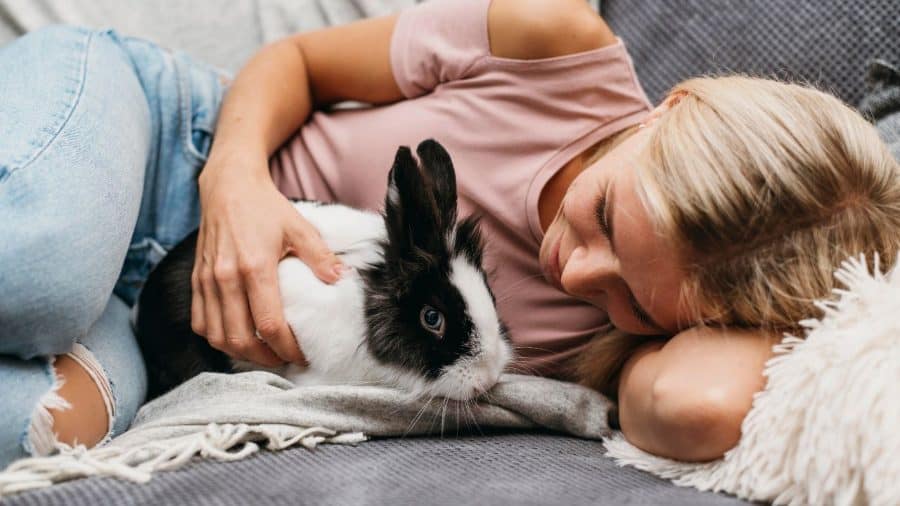
Dog Breeds That Do Well in a Night Shift Worker’s Home
Most veterinarians will discourage owning a dog if you’re working long hours. A majority of dog breeds shouldn’t be left alone for extended periods of time.
However, if your heart is set on having a dog, your best option is a pug. They have the least amount of health issues and can tolerate being alone better than other breeds.
If you’re still leaning towards dog ownership and wondering how that will work with your job, check out these two articles. Owning a Dog as a Shift Worker: Clever Tips to Make It Work and 9 Benefits of Owning a Dog for Busy Shift Workers
What About Shift Workers and Cats?
Cats are usually thought to be lone wolves of the pet world but in fact, they savor companionship just like other animals. Cats left alone for too long will become destructive and act out in the same fashion as a neglected child seeking attention.
That being said, you may find that the most low-maintenance cat breed is the English short hair. They may not want to snuggle but they will get along with most any other housemates.

Benefits of Having a Pet for Shift Workers
Pets offer comfort and support without question. They provide companionship that can stave off feelings of anxiety and depression. Having a pet that’s well taken care of provides happiness for both you and your animal friend.
While they may not be able to speak, pets tend to be great listeners. You can share your thoughts and feelings without fear of rejection or disagreements. They can help you work through a problem by letting you vent or brainstorm ideas without interruption or negativity.
Taking care of a pet adds a positive purpose to your life. They give you something to look forward to at home after a long and stressful shift at work. Pets have a personality if you take the time to get to know them.

Having a pet can be a benefit to your social networking. Being a pet owner gives you a conversation starter when meeting new people. Sharing a pet in common will open the door for building a friendship with a colleague or new acquaintance.
A pet can have a positive impact on your physical health as well. Owning a pet can reduce stress and, as a result, improve conditions such as high blood pressure and other cardiovascular issues. Conditions shift workers are all too familiar with! In addition, pets with fur can help build your immunity to allergens and strengthen your respiratory system. (source)
Some people have reported that having a low-maintenance pet has helped them with managing chronic pain. Whether it’s the emotional support they feel or the reduction of stress, pain sufferers found more comfort in their pets alone.
Plus, by feeling less pain, these pet owners began feeling better emotionally too.

Disclosure: This page may contain affiliate links, meaning we receive a commission if you decide to make a purchase through our links, but this is at no additional cost to you. Please read our disclosure and privacy statement for more info.

Recent Posts
An examination of the night shift professions, that while sometimes underappreciated, are necessary for civilization, in its current form, to exist. A city can be thought of as a machine. Each...
Culminated from an exhaustive yet well-funded journey into the night, this article will prepare you for life outside of work while being a denizen of the dark. During days off, night shift...

